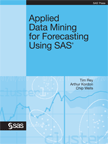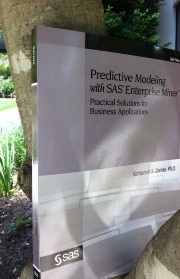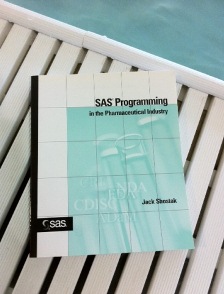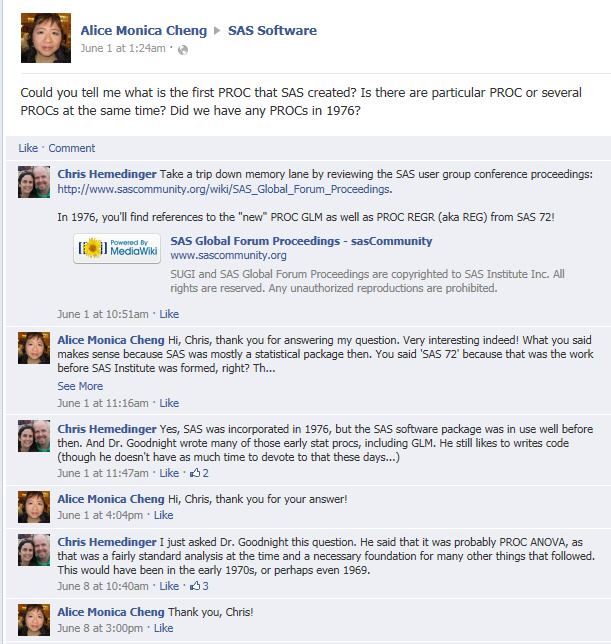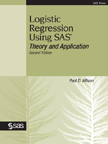
This week's SAS tip is from A. John Bailer and his book Statistical Programming in SAS. A Fellow of the American Statistical Association, John has been using SAS for 30 years. He's also Distinguished Professor and Chair of the Department of Statistics at Miami University. To read a free chapter and user reviews


